A new Apple patent application, entitled "Seamlessly Embedded Heart Rate Monitor," was revealed by the U.S. Patent and Trademark Office this week. It describes a hidden, built-in iPhone sensor that would detect a user's heartbeat when the phone is picked up. That biometric data can be used to identify an individual.
"For example, the durations of particular portions of a user's heart rhythm, or the relative size of peaks of a user's electrocardiogram (EKG) can be processed and compared to a stored profile to authenticate a user of the device," the application reads.
The sensor would provide the phone with heart rate data, which would be analyzed for unique characteristics that could only belong to one person. The system could then allow only the owner of the phone to use it, and block out those who do not match the unique biometric data.
The heart rate sensor would be able to track the electrical activity of a heart during a heartbeat. This could include a series of waves that represent specific actions of the heart. For example, a "P wave" signals normal atrial depolarization, where the main electrical vector spreads from the right atrium to the left atrium.
"The shape and duration of the P wave can be related to the size of the user's atrium (e.g., indicating atrial enlargement) and can be a first source of heartbeat characteristics unique to a user," the application reads.
The heart rate would be obtained through one or more sensors embedded in the device, found in the form of leads. Those leads would be coupled to an electrically conductive portion of the device, such as a metallic bezel or housing on the sides of the iPhone.
The patent application also describes external methods to obtain a user's heart rate, though that would be used for other purposes such as during exercise. The application said one or more leads could also be included in a headset plugged into the iPhone.
The described system would sample several of the users' heartbeats at multiple times to get a sampled variety. The application notes that a user's heart rate can vary slightly based on their activity or mood, and the device could potentially identify a range for a person's heart rate.
The application also references another patent from Apple, revealed in January, that would sense a user's mood and choose media based on their emotional state. That application described software that could select music in response to a user's mood, through a system that would determine whether they are happy, sad, angry, or something else.
The latest heart rate monitor application notes that the included leads and corresponding data could also be used to sense the user's mood or specific heart rate, and choose a playlist of media based on it, as described in the previous application.
"For example, the electronic device can identify media having beats per minute or other characteristics that are associated with or related to a user's cardiac signal or heart rate, and play back the identified media," the application reads. "As another example, the media provided can have beats per minute faster or slower than the user's current heart rate to direct the user to work harder (e.g., during a workout) or to cool or calm the user down (e.g., at the end of a workout)."
The invention is credited to Gloria Lin, Taido Nakajimi, Pareet Rahul, and Andrew Hodge. It was originally filed for on Jan. 23, 2009.
 Neil Hughes
Neil Hughes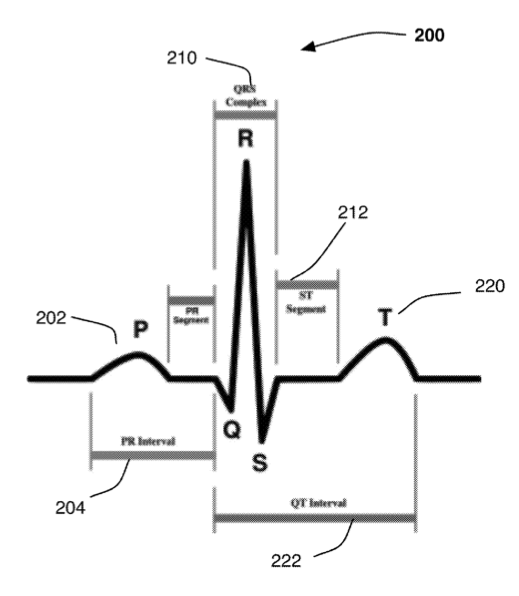
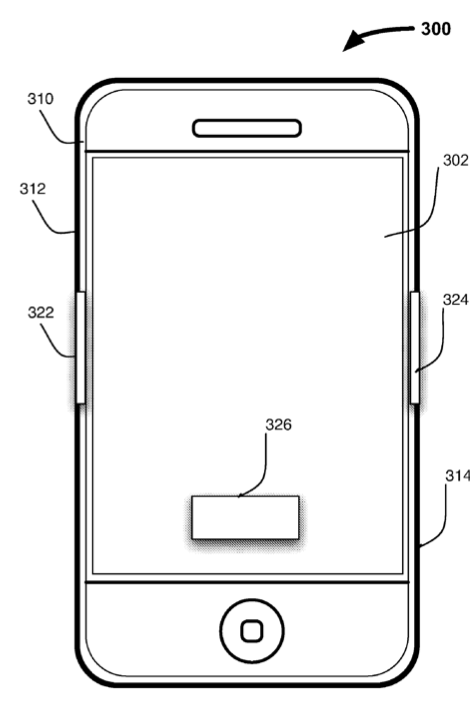
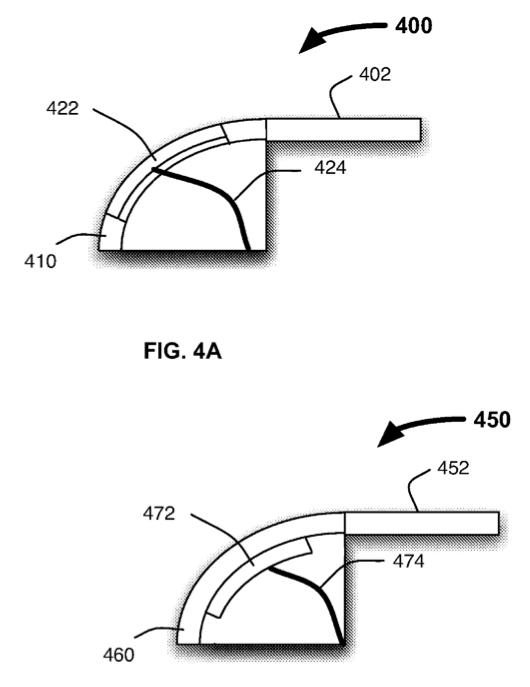














 Chip Loder
Chip Loder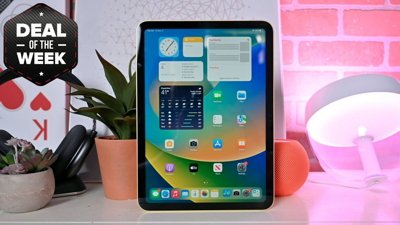
 Christine McKee
Christine McKee
 Malcolm Owen
Malcolm Owen
 William Gallagher
William Gallagher

 AppleInsider Staff
AppleInsider Staff
 Andrew Orr
Andrew Orr
 Amber Neely
Amber Neely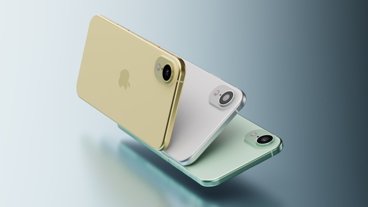
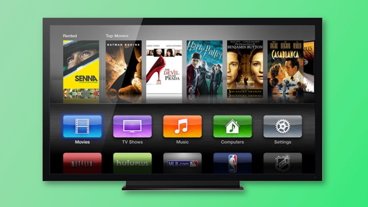







43 Comments
iPhone monitors user's heartbeat. Continues search for Sarah Connor.
Great. So when I'm having a heart attack I can't call 911.
What a waste.
Great. So when I'm having a heart attack I can't call 911.
lol or maybe it senses you are having a heart attack and phones for you...
LOL @BDKennedy...You took the words right out of my mouth.